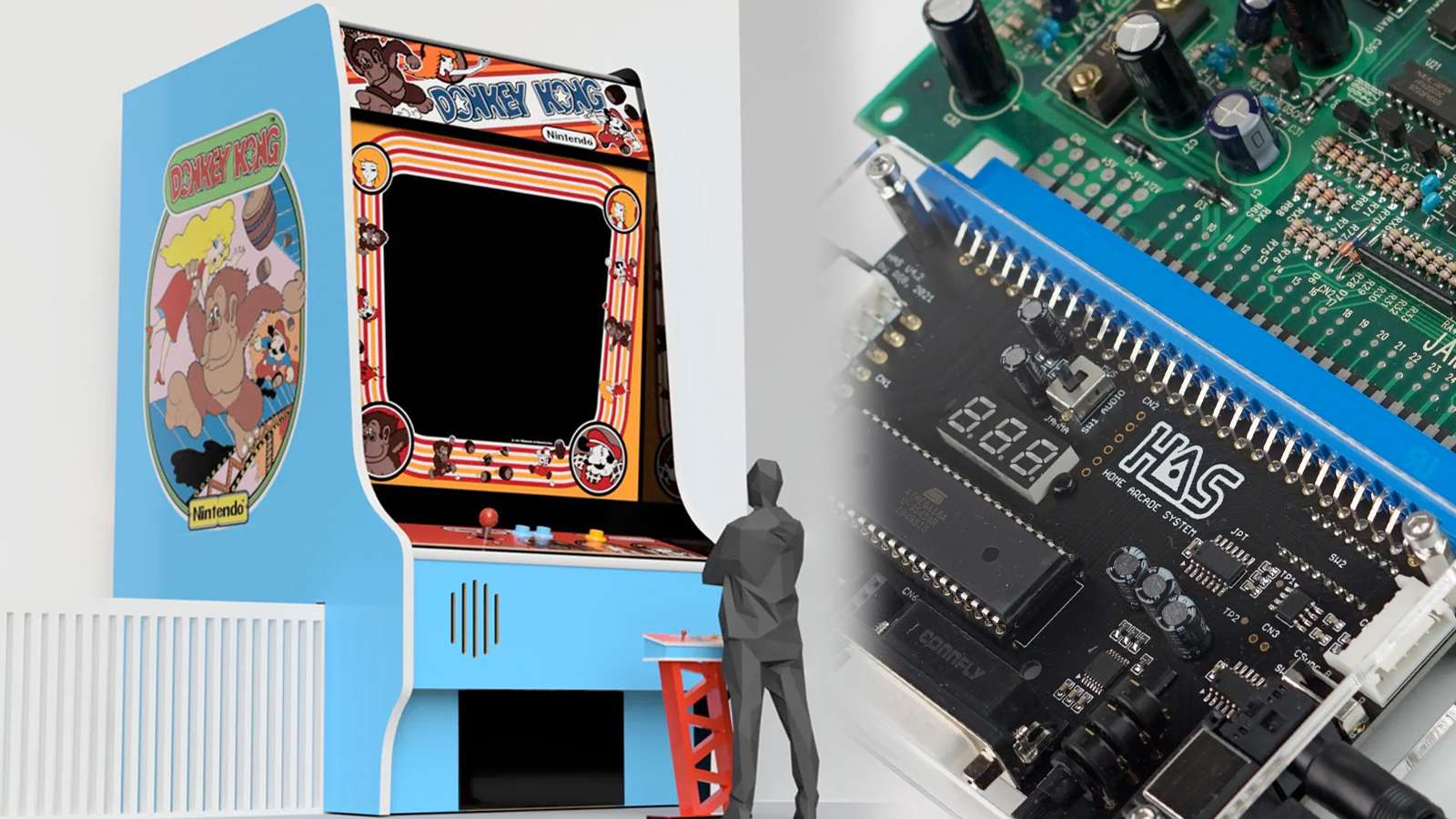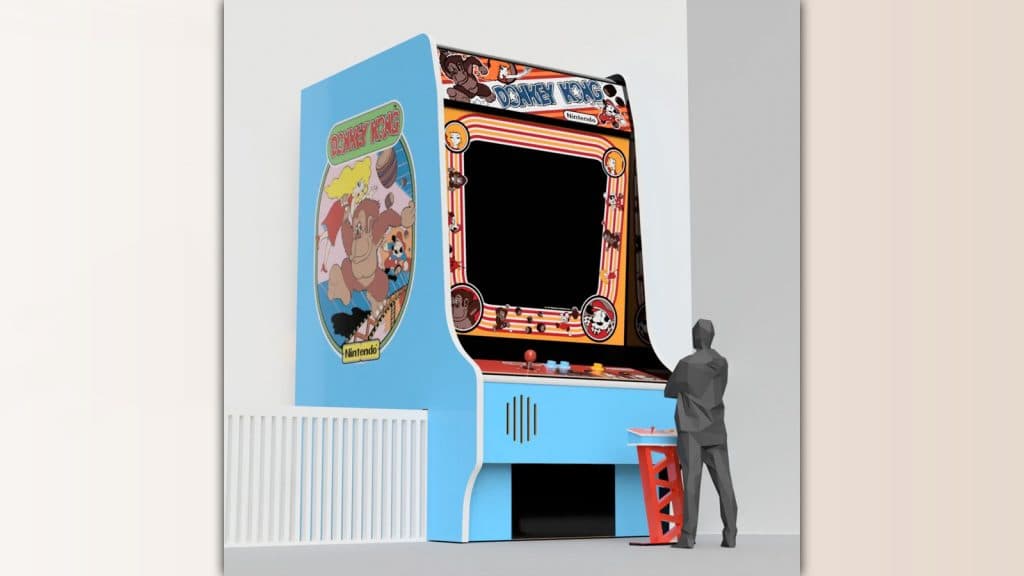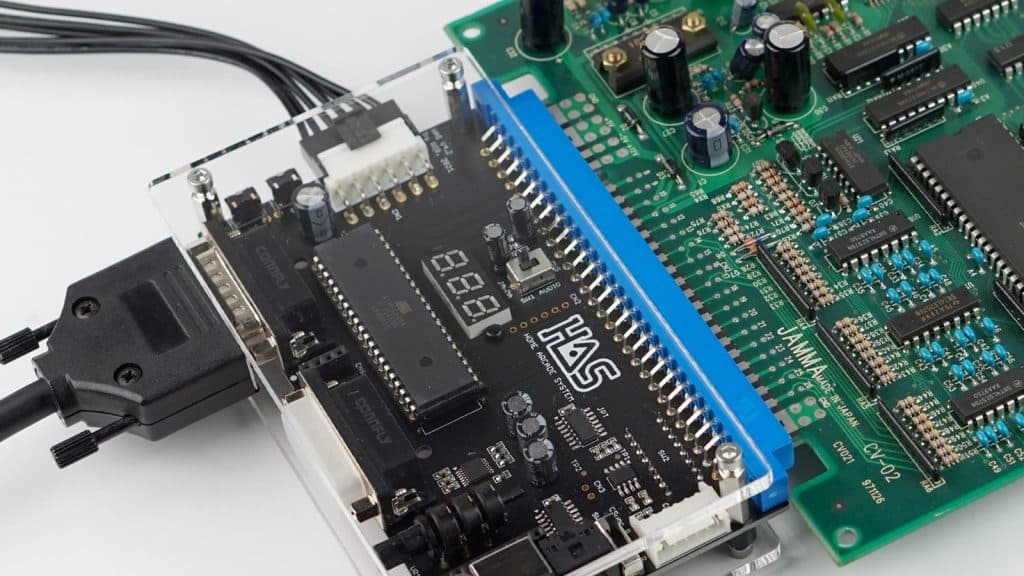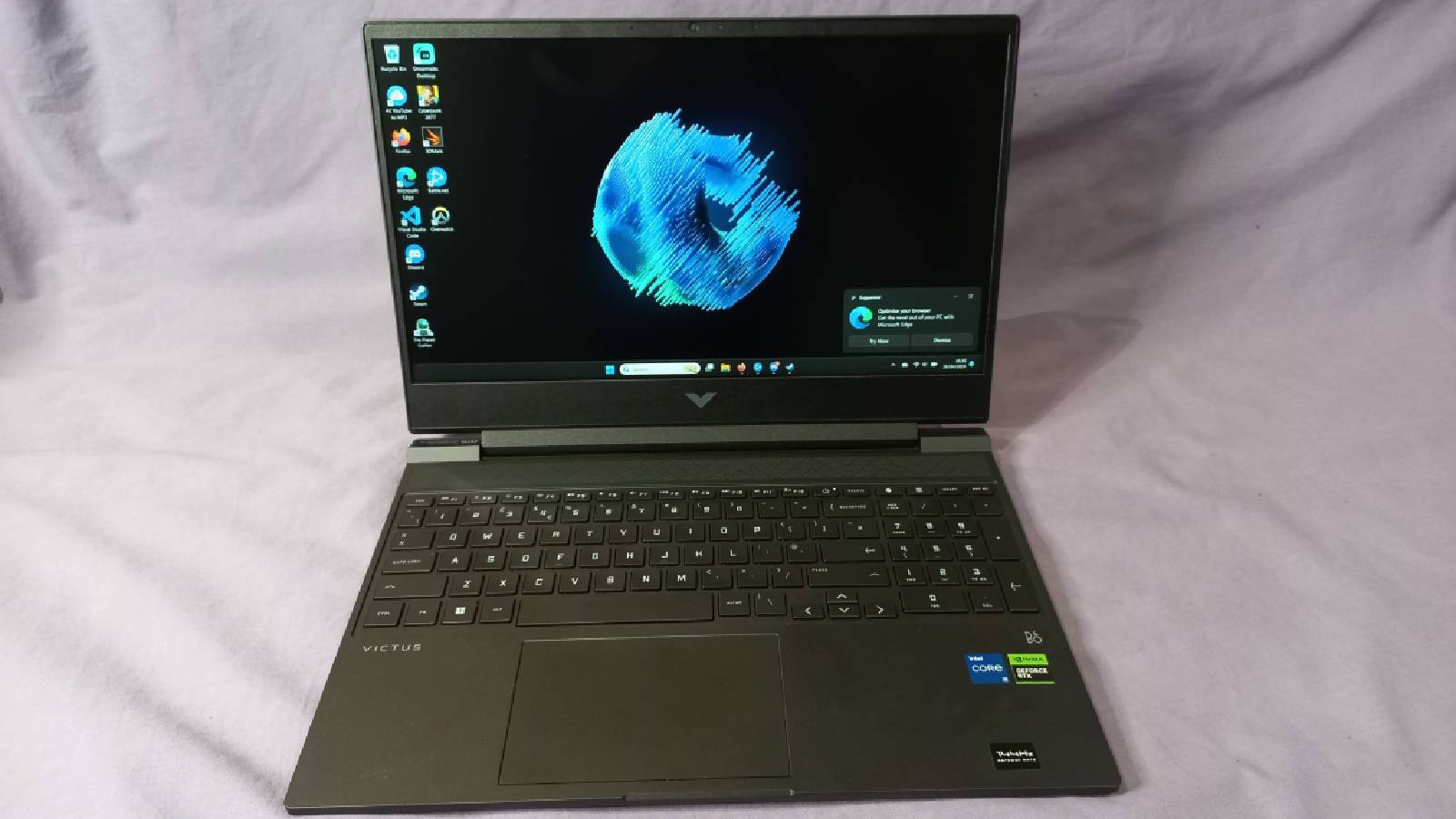20-foot-tall Donkey Kong arcade cabinet is real and its tech is wild

The Strong National Museum of Play is building a 20-foot-tall Donkey Kong arcade machine that is implementing some incredible workarounds to make it playable.
A 20-foot-tall Donkey Kong arcade machine is being constructed for display in a New York museum centered around play. The Strong National Museum of Play is partnering with Nintendo to build to massive tribute to the classic arcade game and intends for it to be fully playable as well.
The museum plans to open the exhibit on June 30, which should coincide with the opening of its new 90,000-square-foot expansion. This new expansion will be dedicated to the history of video games.
However, it is the tech that has gone into the giant cabinet that’s incredibly intriguing. Replicating video arcade cabinets has been something that people have wanted to attain for years. Emulation and software-based versions of retro games never manage to properly encapsulate the experience, especially with the removal of older CRT-based screens from most setups.
Strong Museum reveals hardware being used in Donkey Kong arcade

As The Strong Museum is intending to properly recreate the Donkey Kong cabinet at such a large scale, this means specialized hardware is coming into play. Speaking with Ars Technica, the museum got back in touch with how they plan to operate the machine:
“Donkey Kong TKG-4 Original Motherboard -> Nintendo to JAMMA Adapter -> Home Arcade System Supergun -> Micomsoft Framemeister XRGB-Mini Upscaler -> Nanolumens Processing Box -> Nanolumens Nixel Display.”
It’s an exceptionally convoluted way to say that the team behind it will be upscaling the original game to use it on a newer type of display – one that’s suitable for a 20-foot-tall cabinet.
JAMMA, or Japan Amusement Machine and Marketing Association, is the standard of wiring used within arcade machines of the era. Everything from displays to control inputs is built into JAMMA boards so that they can be easily swapped in and out of cabinets.
JAMMA is also the name given to the group of companies that implemented the standard. This also included Nintendo until they left the group after leaving the arcade business entirely in the 80s.

By connecting a Nintendo to JAMMA adapter, they can begin to implement the arcade PCB board in a more generic setting, and then build around it. This is done through the Home Arcade System Supergun, a piece of hardware created by RGB Labs.
Superguns are essentially pieces of hardware that allow the PCB to be displayed via a regular TV or monitor connection. The Home Arcade System Supergun or HAS would allow the museum to transport this signal to the upscaler and into the necessary NanoLumens hardware to bring the image to life.
New 20-foot-tall arcade exhibit uses history to bring it to life
Despite being 20-foot-tall, the hardware required to get Donkey Kong to display is still rooted deep within the inner workings of classic hardware. In fact, you can buy a majority of the hardware through the internet, aside from the NanoLumens gear.
Donkey Kong was originally released in 1981 and marked Nintendo’s emerging dominance in the video game market. As well as the titular ape, it also featured the first appearance of Mario – then Jump Man. Originally intended to be a Popeye game, it became the beginning of one of gaming’s biggest IPs.



